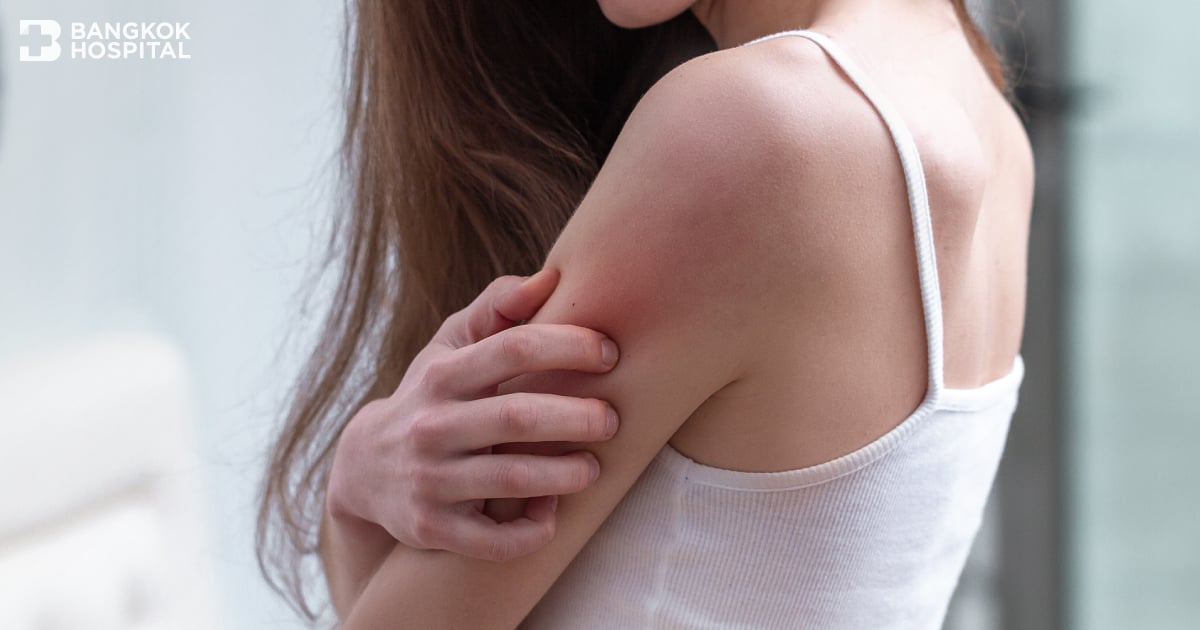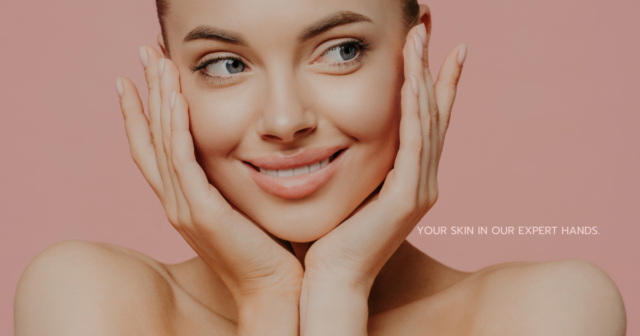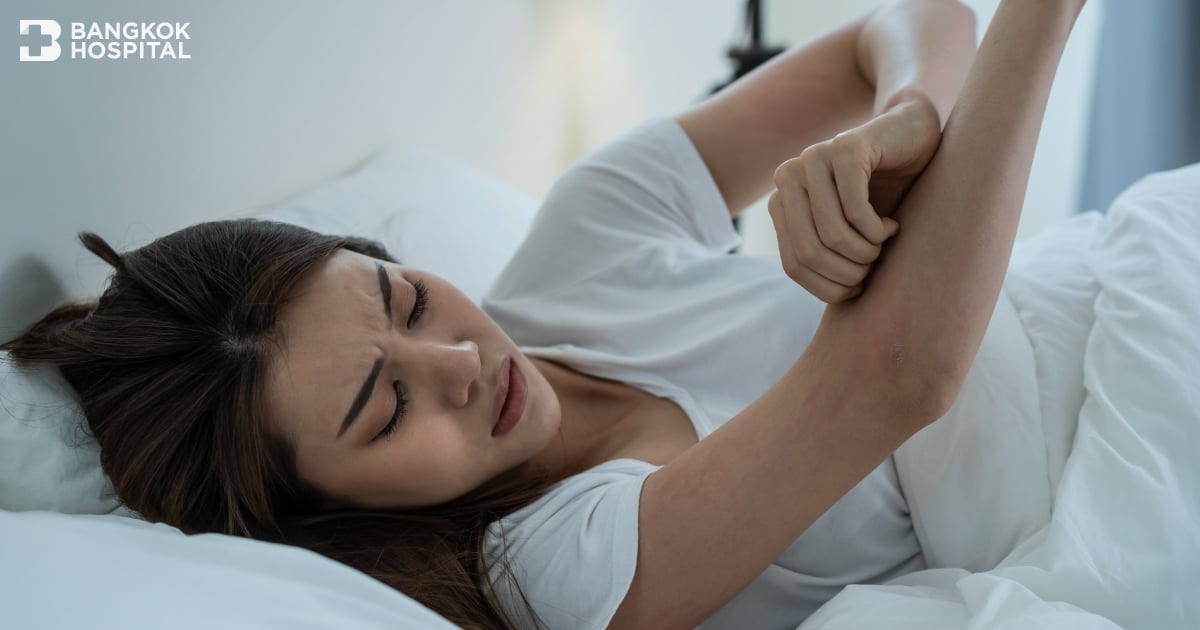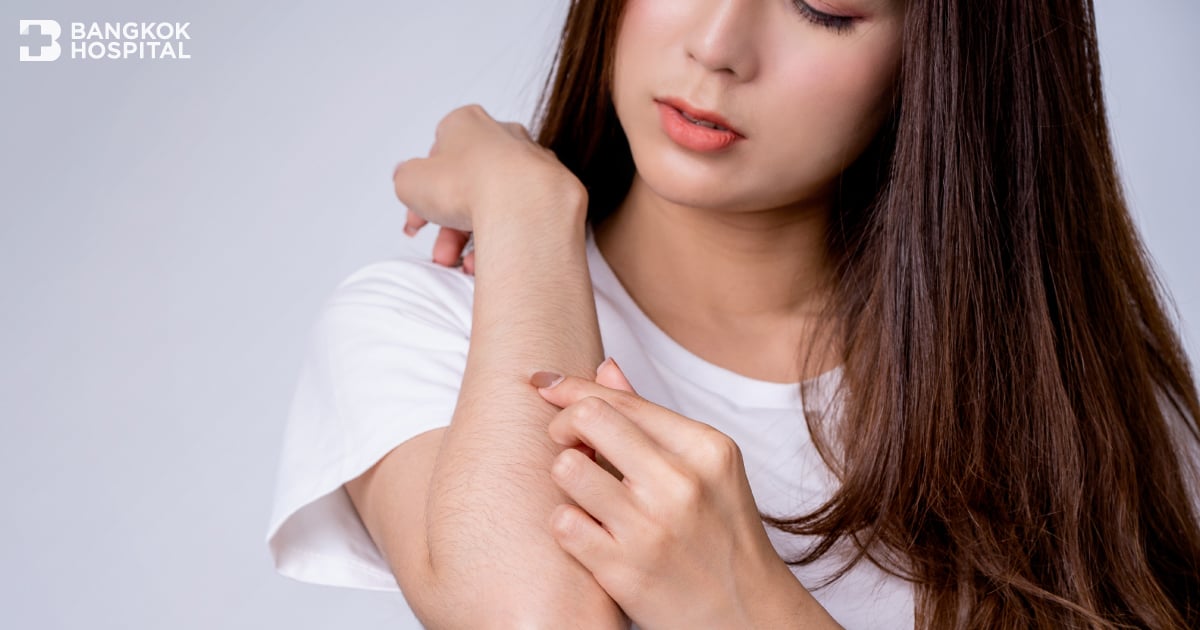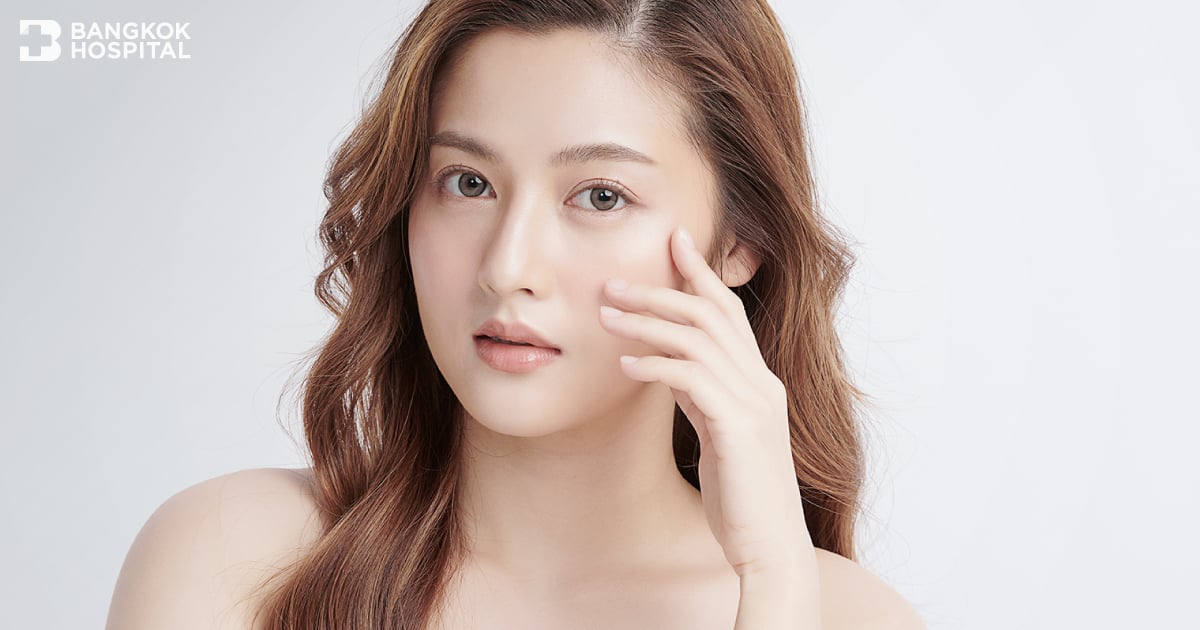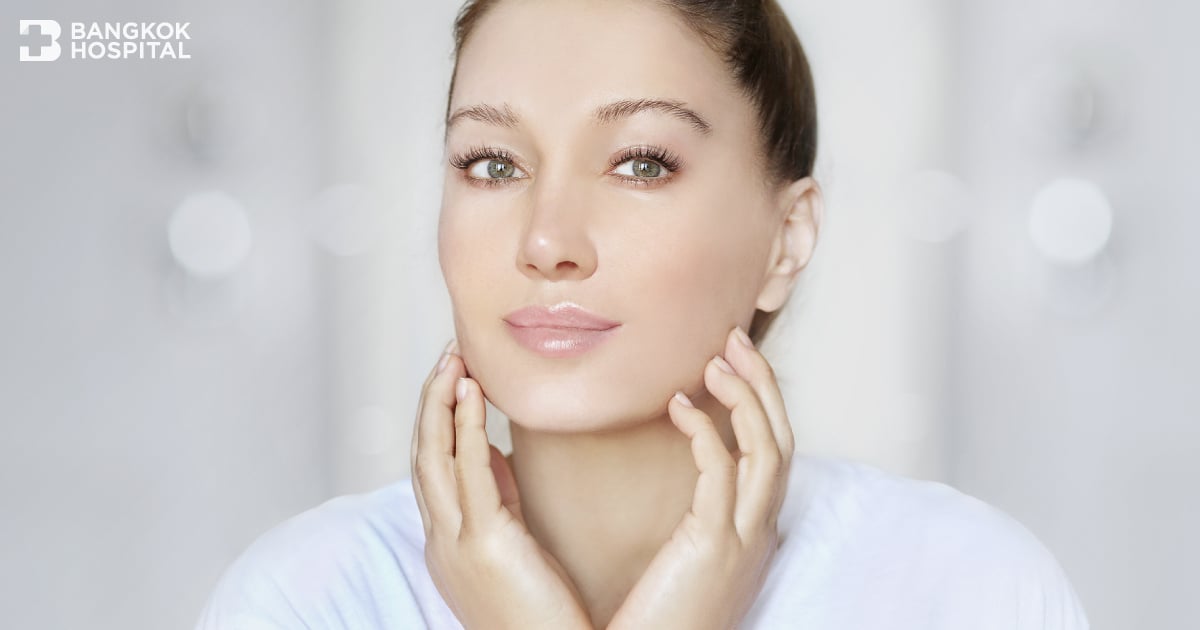Localized itching in patches, especially around the back of the neck connecting to the collar bone, waist, hips, legs, elbows, and the back of the hands. Each spot has different types of rashes, some are clear bumps resembling hives, others are wide red rashes, but importantly, the more it itches, the more one scratches, and the more one scratches, the more it itches.
A minor issue but indicates “Skin Allergies”
People with sensitive skin, even a slight change in the weather can cause itching. Notice if you sweat, get bitten by ants, or mosquitoes; others might recover in a moment, but yours takes much longer, or you react more than others. Most people with skin allergies tend to have quite dry and easily irritated skin. Just washing dishes or clothes, sometimes your hands become dry, peeling, forming rashes. Observe hands that often contact chemicals, see if they are dry, peeling, or flaking. The folds of the joints, where sweat and dust accumulate, do they get red or itchy? Itchy around your neck contacting shirt collars and moist areas? These symptoms indicate a tendency towards skin allergies because the skin is quite sensitive to environmental responses. A little something comes in contact and causes allergies easily. Dry skin leads to itching, and when it itches, you scratch, causing the rash to appear.
Testing with PATCH TEST for certainty
Performing a Patch Test is a definitive way to determine what patients are allergic to, to avoid contact with such substances. By testing chemicals such as sunscreen, hair dye, metals, etc., using Finn Chamber patches applied on the back between the shoulder blades (similar to applying a big plaster) for 3 days, avoiding water. Then, checking to see if the patient reacts to any chemicals.
5 key changes to behavior and lifestyle adjustments
- Once home, immediately take a shower to wash off sweat or dust, change into new clothes. Do not wear tight clothes or underwear; the tighter they are, the more they rub, the more it itches.
- Use mild soap with no fragrance (No Perfumed) or no preservatives, or marked as No Preservative or For Sensitive Skin.
- Apply lotion every time after bathing. Choose lotions without fragrances or chemicals. Do not use whitening lotion types because they contain fruit acids; the more you apply, the more irritated the skin, the rash worsens.
- Take allergy medication, anti-histamines specifically prescribed by doctors only. Do not self-medicate strictly.
- Treatment with Phototherapy using ultraviolet light frequency specifically for skin rash treatment, helps suppress the body’s immunity from being sensitive to the environment. Patients stand in a booth for 1 – 2 minutes, twice a week. Symptoms improve before gradually reducing the exposure and then slowly applying and taking medication as usual.
Whether this condition heals or not depends on the patient. Once the rash improves, be careful in choosing soap and lotion, avoid being overly emotional or stressed. If cured and then returning to the same lifestyle or behavior, the disease can recur.

